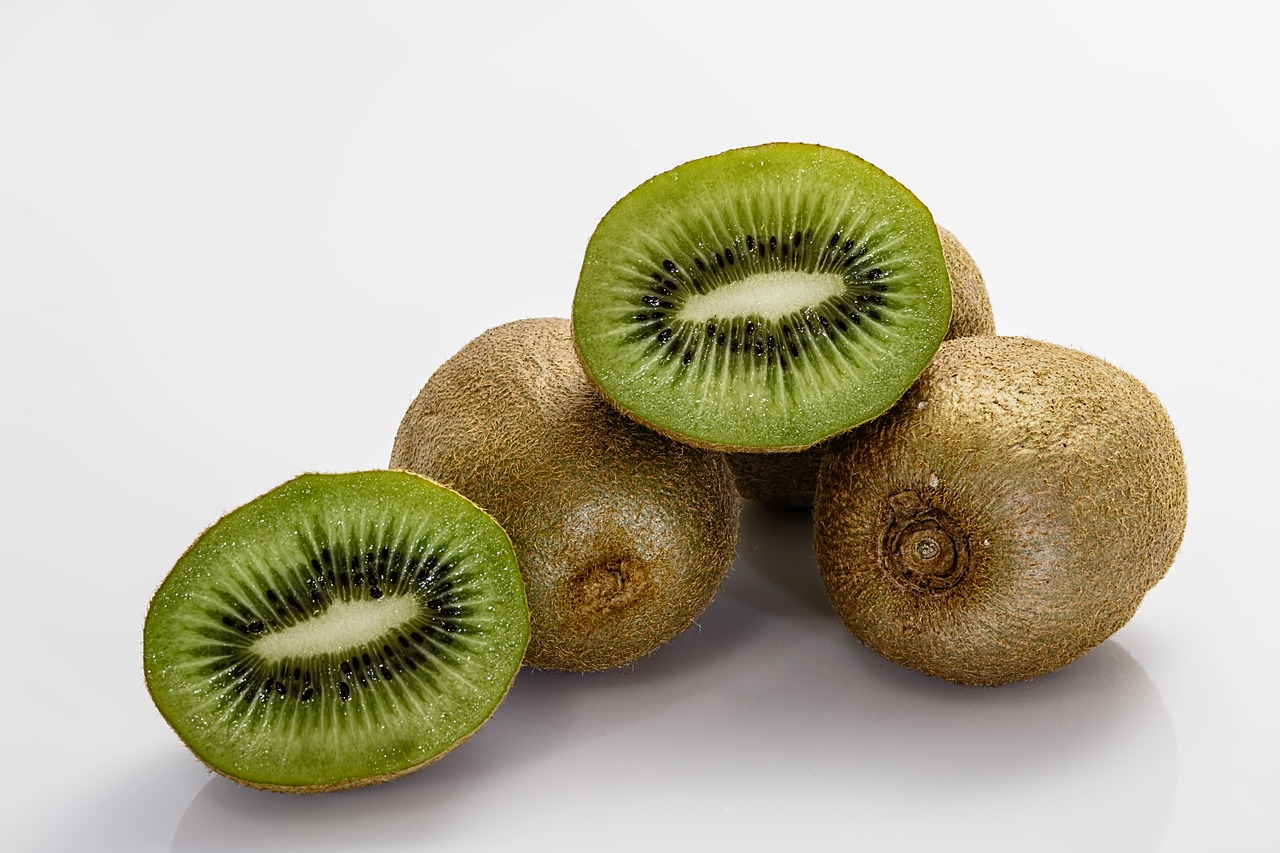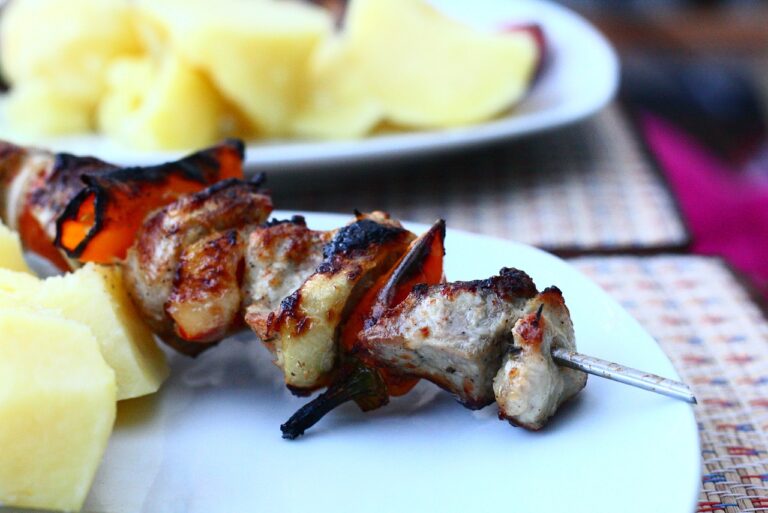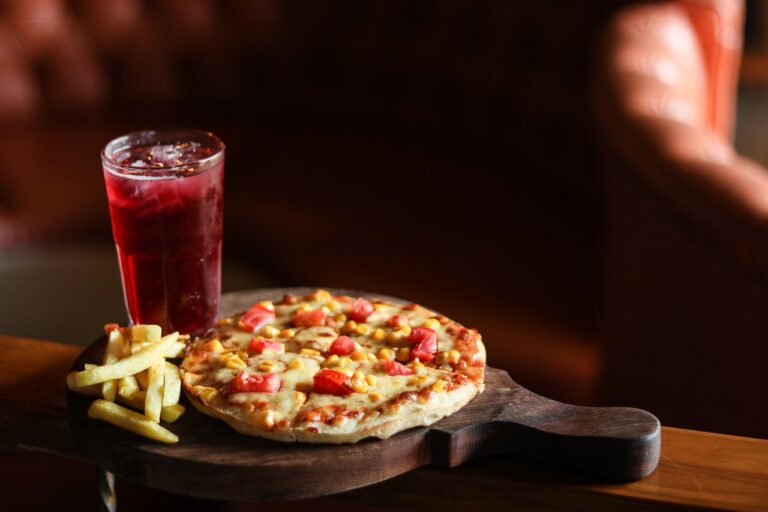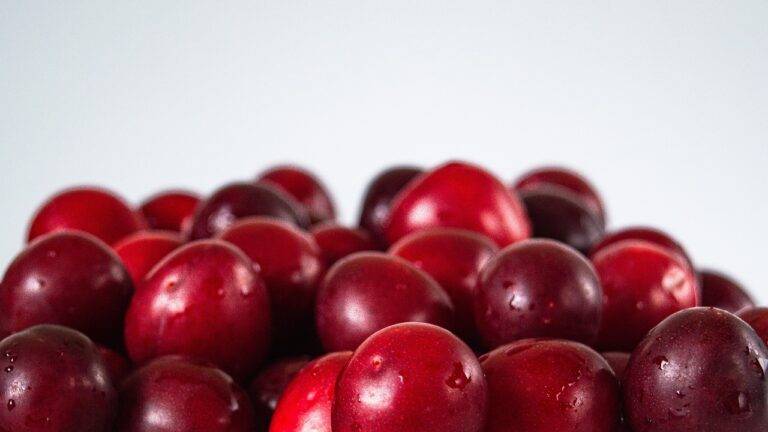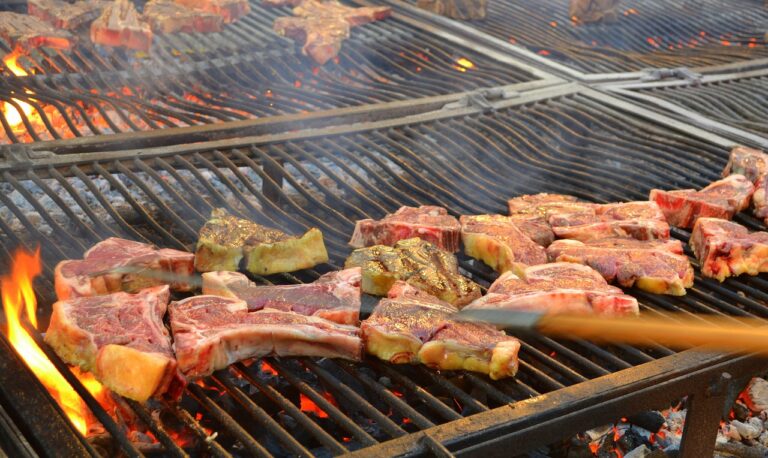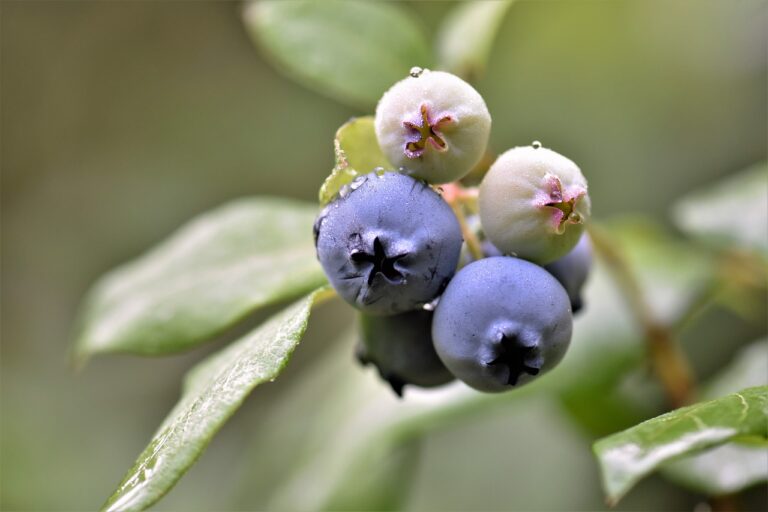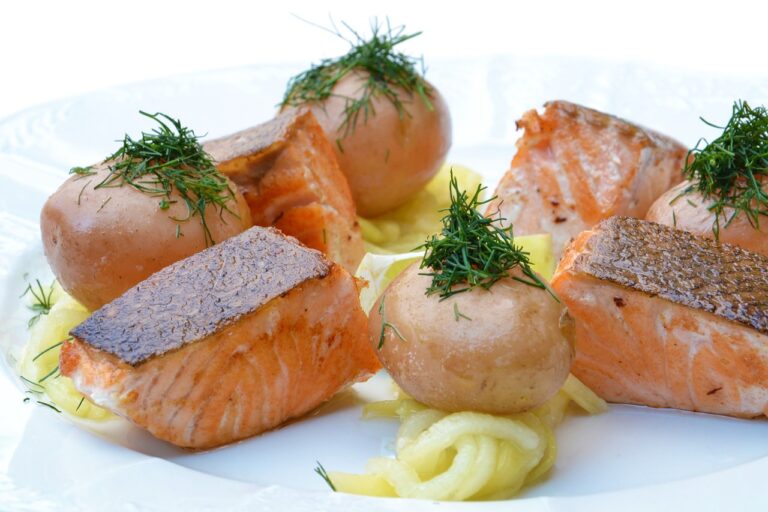The Art of Food Presentation: Exploring Culinary Aesthetics
Food presentation is a critical aspect that greatly influences the overall dining experience. The way a dish is presented can evoke certain emotions and expectations even before the first bite is taken. It is not just about making the food look visually appealing, but also showcasing the care and attention to detail that went into preparing it.
When food is thoughtfully presented, it enhances the perception of the dish’s flavors and quality. A well-presented meal can elevate the dining experience and create a lasting impression on the diner. It demonstrates the chef’s creativity and skill, adding value to the overall gastronomic experience.
The Role of Color in Food Presentation
When it comes to food presentation, color plays a crucial role in enticing the senses and creating an inviting visual experience for diners. The use of vibrant and contrasting colors on a plate not only enhances the overall aesthetic appeal but also has the power to influence perceptions of taste and freshness. Bright and vivid colors can evoke feelings of excitement and freshness, while muted tones can convey a sense of sophistication and elegance.
Additionally, the strategic placement of different colored ingredients can create visual interest and balance on a plate. By incorporating a variety of hues, chefs can enhance the overall presentation and make the dish more visually appealing. The careful selection and arrangement of colors can elevate a simple meal to a work of art, enticing diners to not only taste the food but to also appreciate its visual beauty.
Utilizing Different Textures for Visual Appeal
When it comes to food presentation, utilizing a variety of textures can greatly enhance the visual appeal of a dish. Combining different textures such as crispy, creamy, crunchy, or velvety can create a more dynamic and interesting dining experience for the consumer. Textures not only provide a contrast in mouthfeel but also play a significant role in how appetizing a dish appears.
Incorporating various textures can also help in highlighting the different components of a dish. By layering textures strategically, you can draw attention to specific elements and create a harmonious balance in both taste and aesthetics. Whether it’s adding a crunchy topping to a smooth soup or pairing a crispy protein with a creamy sauce, the interplay of textures can elevate a dish from ordinary to extraordinary.
How can utilizing different textures enhance the visual appeal of a dish?
By incorporating a variety of textures like crunchy, creamy, and chewy, you can create a more visually interesting and dynamic plate of food.
What are some examples of textures that can be used in food presentation?
Some examples of textures that can be used in food presentation include crispy fried toppings, smooth sauces, fluffy whipped cream, and tender meat or vegetables.
How can I experiment with textures in my own dishes?
You can experiment with textures by trying out different cooking techniques, such as roasting, frying, or steaming, and by incorporating a variety of ingredients with different textures into your dishes.
Can textures be used to highlight certain elements of a dish?
Yes, textures can be used to highlight certain elements of a dish by providing contrast and drawing attention to specific ingredients or components.
How can I ensure that the textures in my dish complement each other?
To ensure that the textures in your dish complement each other, consider how they will interact when combined and aim for a balance of textures that work well together.

